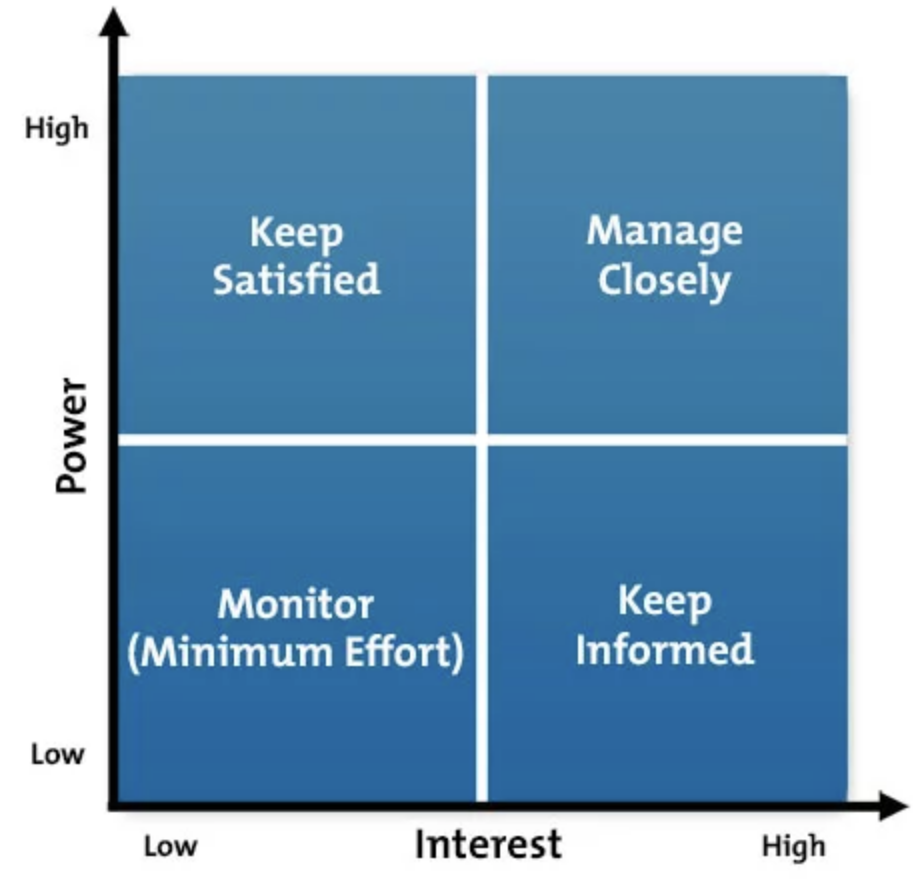Published – 2 December 2017 By Gavin Beever
Needs analysis is an important component and often the first step for the planning, implementation and evaluating of extension programs. By identifying the stakeholders and their needs, outcomes and activities can be tailored to suit.
Evaluation can occur against stakeholder needs and an extension program can continuously improve overtime to ensure that goals are achieved and stakeholder needs are met.
As depicted in the above image, it can be a particularly valuable process within an experiential learning program in helping in the plan and review phases. Experiential Learning
“Some authors stress the need to make distinction between a Need, Want and an Interest, as these terms are often confused and used interchangeably by program implementers, extensionists and farmers.” (Abukar et al,. 2016)
‘‘Needs refer to something considered necessary or required to accomplish a purpose. Wants, on the other hand, are considered desirable or useful, but not essential. Interests indicate an individual’s concern or curiosity about something’’ (Swanson et al., 1997).
For example, a grain farming family may want to purchase a new header, but after a needs analysis it became clear that what they need to do is a address a high debt to income ratio. It also showed that there is a strong interest in farm machinery and less of an interest in farm financial management activities.
It is also important to identify if there are any cultural, social or lifestyle considerations (needs, wants or interests), that may be barriers to achieving the objectives of the extension program in question.
Importantly, needs analysis is also a process that can ensure stakeholders (and particularly end users) are involved in the planning and development of extension programs.
To help prioritise and understand stakeholders better, an influence/impact matrix can be used. Stakeholders are identified and then positioned on the matrix by assessing their level of power (influence) and their level of interest (commitment). The most important stakeholders end up in the top right quadrant “Manage Closely” and are a priority for any needs analysis.

Needs Analysis Techniques
Literature Review
This is the process of looking for existing research or publications on the subject area that can be read, evaluated and analysed, in respect to getting an understanding of the stakeholders needs.
For Individuals
“Individual techniques involve collecting data from people one at a time. The people from whom the needs assessment data are collected do not interact with one another in the course of providing data. Individual techniques include face-to-face interviews, key informant interviews, questionnaires, informal personal observations, and formal personal observations.”(Swanson et al., 1997)
Face to Face Interviews – This is a good process for dealing with complex situations and for exploring things with stakeholders. The ORID process is a great way to design and conduct interviews and surveys. The ORID Method (Objective, Reflective, Interpretive and Decisional)
Key Informant Interviews – This process targets people who are experts or representatives of key target stakeholder segments. It is a particularly useful process if there are budget or time constraints to the needs analysis.
Survey – This can be a cost effective process for reaching large numbers of people. The risk is the chance of low numbers of responses or the sample not being truly representative of a stakeholder segment. Incentives can be used to assist tackle these issues.
Informal Observation – Extension officers and others can record their observations from field or site visits.
Formal Observation – People are selected as representative of stakeholder groups and can record their experiences or others can observe them and record.
Group Techniques
With these techniques the stakeholder group(s) can interact and explore their needs collectively. The processes require facilitation and recording. Groups or group members are selected to be a good representation of the stakeholder target segment as a whole.
Nominal Group Technique – This process is excellent for getting information out of all individuals in a group as well as developing group thinking, without individual members feeling intimidated. Nominal Group Technique
Delphi Technique – This method uses a panel of experts who are sent a series of surveys that are aggregated up and the results shared with the group between each survey. “The Delphi technique is a widely used and accepted method for gathering data from respondents within their domain of expertise.” (Hsu and Sandford., 2007). The Delphi Technique
Focus Groups – A focus group is made up of stakeholder representatives who focus on an issue at hand. In this case the needs of a target stakeholder group in respect to the extension program in question. It is a facilitated process that uses a questioning process to gather quantitative and qualitative information. Questions start at a strategic or broad level and then drill down into more tactical or operational matters. The ORID process is very useful for helping the question follow a logical process. Both open questions (those that require more thought, discussion and lengthy answers) and closed questions (those that are quick to answer, are simple and typically only take one or two words to answer) can be used in a structured way to foster engagement and to gather the most useful information.
Gap Analysis
Gap Analysis is the process of identifying the ideal extension program performance with what has actually occurred. The difference being the “Gap”. Depending on the results of the analysis, changes can be made at a strategic, tactical or operational level to improve the performance of the extension program.
On-Going Use
For large scale extension programs or those going for a long period of time, needs analysis is useful as an ongoing process. By revisiting the needs of stakeholders overtime, changes can be identified, programs altered to suit and the program kept focussed and efficient. Benchmarks, performance indicators or control points can be set which can assist in the process of ongoing review of stakeholder needs.
Content sources and further information
